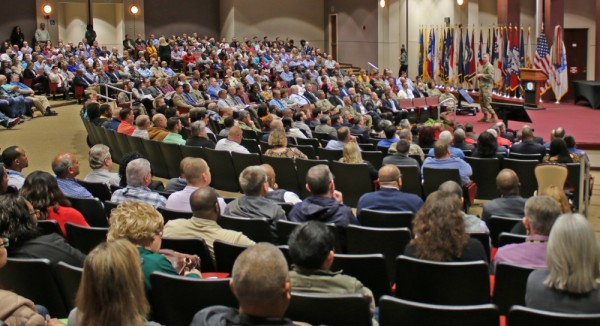

The Pentagon will continue to allow commanders to handle social distancing rather than providing uniform guidance about units should do – and what they should avoid – to slow the spread of the novel coronavirus (COVID-19), Defense Secretary Mark Esper said on Monday.
“I can’t put out a blanket policy, if you will, that we would then apply to everybody because every situation is different,” Esper said during a Pentagon news briefing. “Tell me how I do six feet distancing in an attack submarine. Or how do I do that in a bomber with two pilots sitting side by side?”
While the Pentagon is tightening access to the building and directing more employees to work from home, units are continuing to hold crowded town halls and formations to discuss the need for service members to stay at least six feet apart from each other.
Units also appear to have different policies about how far service members can travel from base during weekends.
Esper acknowledged on Monday that the military’s approach to social distancing at the lower echelons has been inconsistent, but he said it’s not his place to set the rules for each unit to follow.
“There will be inconsistencies because every situation is unique,” Esper said in response to a question from Task & Purpose. “It’s unique by the type of unit. It’s unique by the mission. It’s unique by the location – and any other number of factors.”
He also acknowledged that there have been examples where “we clearly could have done better,” but the Defense Department will continue to allow commanders and senior non-commissioned officers to determine which precautions are necessary for their units.
However, Military Times reporter Meghann Myers pointed out that troops in Kuwait and elsewhere are still not required to be at least six feet from each other and asked if the U.S. military should have uniform standards on social distancing.
Esper said it was impossible for the Defense Department to anticipate each unit’s individual situation.
“You just gave six like different examples of which there’s probably 30 different variables and we could all step into that same location and make a different call on each,” Esper said. “That’s why I have to trust the commanders.”
“We’re doing our best,” he continued. “As we find things that don’t make sense, we’ll certainly pull the string on that and make sure that we get it remedied.”
